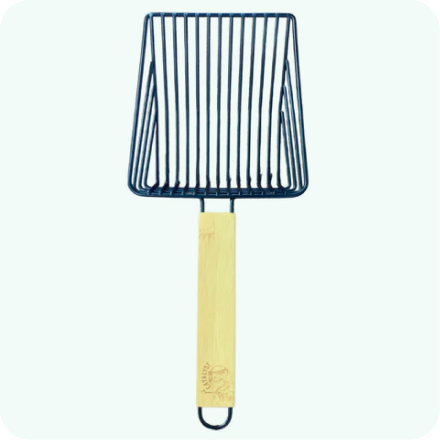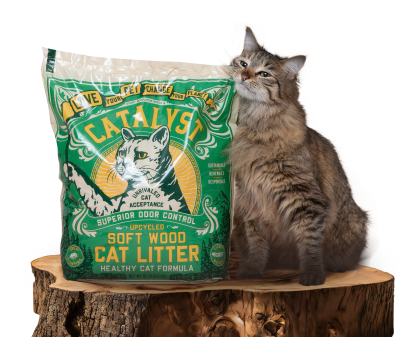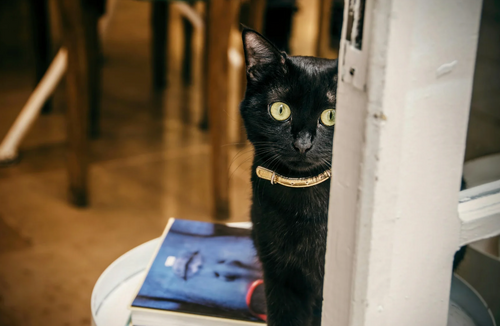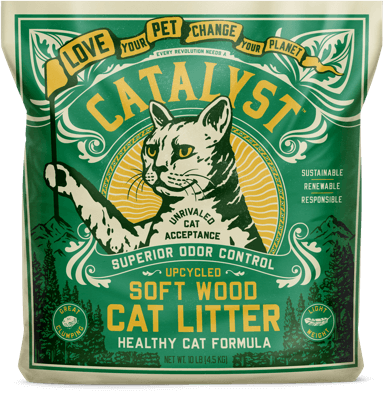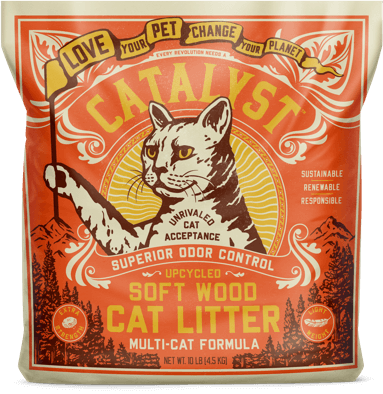Erin Hartman, a co-founder of Conquer the Colony, likes to joke that she, Kelly Kraus, and Elizabeth Hoy started a cat rescue by accident. The story begins a little over two years ago when Erin’s mom sent her a pic of a kitten living near her office, which was located in an industrial area in the suburbs around Pittsburgh, Pennsylvania. A couple days later, she sent another photo of even more kittens.
“My mom kept saying she was finding all these kittens near her office, and I just knew there was a problem,” Erin says. “It was a very industrial area, not the right spot for kittens.”

To try to remedy the problem, Erin joined a Facebook group specifically for Trap-Neuter-Return (TNR), which is considered to be the most effective and humane method for preventing overpopulation and, ultimately, the number of cats euthanized in America’s shelters. In the Facebook group, Erin met Elizabeth and Kelly. Elizabeth had been trapping for nearly seven years, and Kelly was fostering cats through an organization called Pittsburgh C.A.T. Both were concerned about the group of kittens, so they organized a time to meet up near the office to learn how to trap them, the initial step in TNR. The first time they met, they found at least 30 cats.
“We realized we had a lot more work on our hands than we thought,” Erin says.
Out of that first trapping day, Conquer the Colony was born. The volunteer-based organization focuses on fostering and TNR to help humanely reduce the population of homeless cats in and around Pittsburgh. The rescue just celebrated its two-year anniversary. Since its start, it has helped more than 400 cats by trapping them, taking them to a vet to be spayed or neutered and vaccinated, and either releasing them back in the wild or fostering them and finding them a forever home.
The work Erin, Kelly, Elizabeth, and their volunteers do is truly a labor of love. They care about the cats they encounter and want them all to be healthy and safe. Making sure they are fixed, vaccinated, and have a good home if they aren’t feral, are the best ways to do that. For felines they can’t immediately find a home for, the ladies often take it upon themselves to foster them at their own homes. Kelly is currently housing 20 foster cats, Erin has six, and Elizabeth has three.
“Once you’re in, you’re in, it’s like the mafia,” Kelly says. “If you see this suffering, it’s impossible to not do something.”
Kelly first got interested in TNR work after she fostered two kittens a few years ago. Her kids immediately fell in love with both cats, and they decided to keep them. After a year, the kitten they’d named Gemma got sick with Feline Infectious Peritonitis (FIP), a very serious and often deadly disease. They had to put Gemma down. Kelly was so saddened, she started researching how this could happen. She found that Gemma probably shouldn’t have been born in the first place because her parents were both unvaccinated, which can open a kitten up to many diseases.
“As I learned more and more about this, I just realized it’s insanity. These kittens are essentially being born to die,” she says. “After Gemma died, I got obsessed about it. I want to save all the cats.”

As hard as Conquer the Colony works to save the cats in and around their community, veterinarian resources often make TNR difficult. Currently, there aren’t enough low-cost clinics in the Pittsburgh area to meet demand, and some veterinarians won’t even look at a feral cat. Kelly says they just lost two clinics that did a great deal of this work, so now organizations and rescues really only have two remaining spots to take cats.
“If you get a spot at one of these places, it’s gold,” Kelly says. Having a clinic spot means they have to take the time to go out and trap the cat, then get it fixed and vaccinated in three days or less. If they aren’t able to do this, they will post on Facebook so someone else who has trapped a cat may be able to take the clinic spot. “We just roll with the punches,” Kelly says. “When we know we have a clinic spot, we go and try to trap.”
Catalyst Pet came across Conquer the Colony on social media. We loved their support of TNR, the work they’re doing in their community, and their pure passion for helping cats. We’re glad to donate litter to the organization for its foster cats.
“My favorite part about this litter is how light it is,” Erin says. “I love that I can grab that bag of litter and sprint upstairs with it. It’s so portable. Plus, it has a nice scent.”
“Cleaning a Catalyst box is so much easier than cleaning a clay box,” Kelly says. “You don’t need as much, and there’s no dust compared to clay litter.”
Despite the many challenges that come along with TNR work, Conquer the Colony continues to grow. The organization is in the final stages of getting its nonprofit status. They have several events coming up, and they plan to open a foster program. Erin had no idea trapping kittens near her mom’s office two years ago would lead them this far, but she’s glad to be doing such important work.
“I had no idea until we ventured down this road how big of a deal it was. Just to see the sheer need, it keeps you going because you know it never stops,” she says. “We’ve seen a lot of bad things, but we’ve seen a lot of good things as well.”
To learn more about Conquer the Colony, check out their website.



